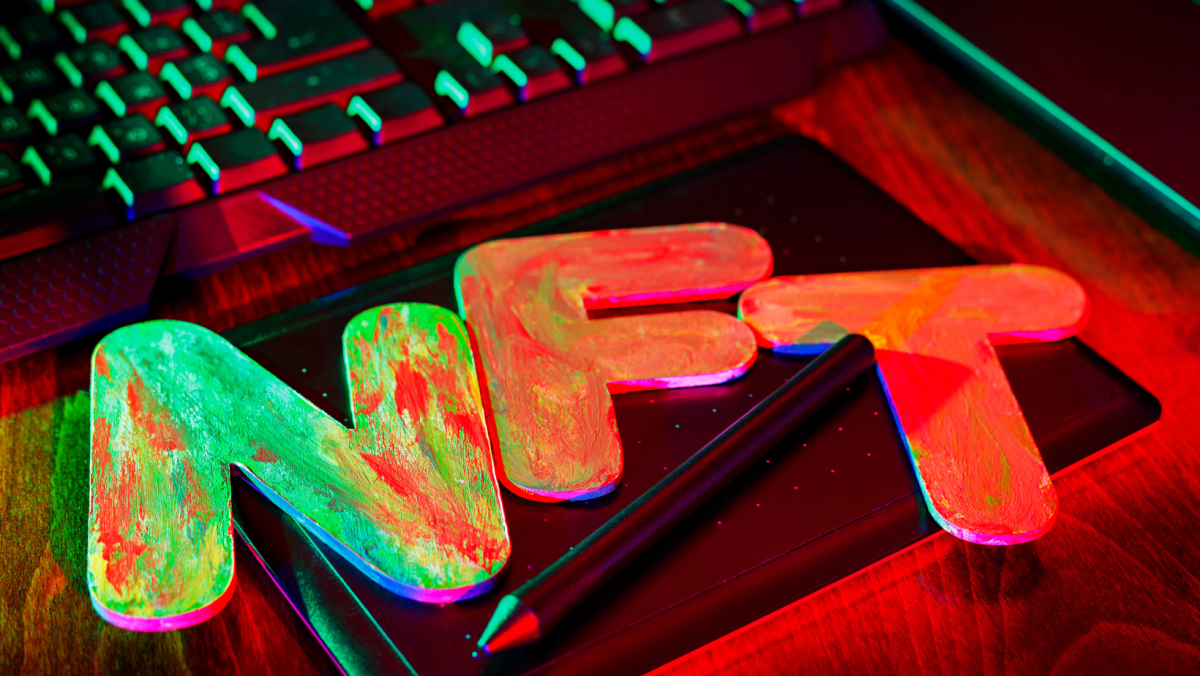FTX: what next, and why this could be a great step for crypto

On December 13, 2022, Sam Bankman-Fried was arrested on charges related to the collapse of his crypto company, FTX.
FTX was one of the largest and best-known stock exchanges in the world, and the newly appointed CEO, John Ray, claims the stock exchange’s collapse was the result of mismanagement, lack of internal controls and record-keeping. Bankman-Fried says he hopes to make enough money to pay back investors by starting new business ventures, but trust can be hard to rebuild.
Let’s start there, and specifically, let’s try to reframe the events in terms of the broader implications for the crypto industry.
The collapse of a ticking bomb as all-encompassing and as explosive as FTX removes a potential threat—it doesn’t the reason that, because it was always bound to end this way. By exploding now, rather than later, the stock market’s bankruptcy simply reduces the chance of something like this happening much later on a much larger scale.
As crypto enthusiasts and believers, we need to start looking at our own industry more critically. If we want crypto to succeed, that is, to have a better chance of achieving widespread adoption than it does today, we need to remove the weeds of fraudsters and scammers from the very foundations that make up crypto as we know it today.
We must do away with bad leaders, incompetent leaders and inept visionaries. Only then will we be able to discern if they actually know what they are talking about, or if they are just looking for dollar signs for the sake of dollar signs.
The future of the crypto space
It is more than high time that such a review takes place, and the collapse of FTX provides the best opportunity for it. Once this is done, and done well, we can start looking at which valuable, innovative and genuinely reliable firms should be given more room to grow in the industry. Again, the timing couldn’t be better. Neither could a redistribution of power be more necessary.
The most important thing that the industry’s key players must look at carefully is the issue of trust. Sam Bankman-Fried was close to legislators and regulators, and the very bill that had the most bipartisan support, and thus the best chance of being passed, was ironically one that SBF itself had a hand in. What does that mean for the future of crypto regulations? Now that he’s out of the picture, and the industry is more excited than ever, what does the future of the regulatory landscape look like?
Some regulatory tightening is inevitable. But maybe that’s a good thing too, because it can increase confidence in the industry and make investors feel safer, more protected. Perhaps the only concrete path to global adoption is to restore trust by having solid legal frameworks in place so that a disappointment like FTX can never happen again.
Here’s my hope, going into 2023: that what will emerge from the ashes of FTX can be a more honorable, transparent and solid version of what we all thought it was; that the so-called crypto winter may be heading for a spring thaw, and that the new year may be kinder to the crypto space than 2022 was. I believe that better, more deserving projects will come out of the collapse of FTX, and I hope I’m right. Only time will tell.
About the author: Daniele Servadei is the co-founder and CEO of Sellix, an e-commerce solution that includes everything digital entrepreneurs need to create, grow and manage their online store. It also allows them to accept crypto payments. The startup is based in Bologna, Italy.























